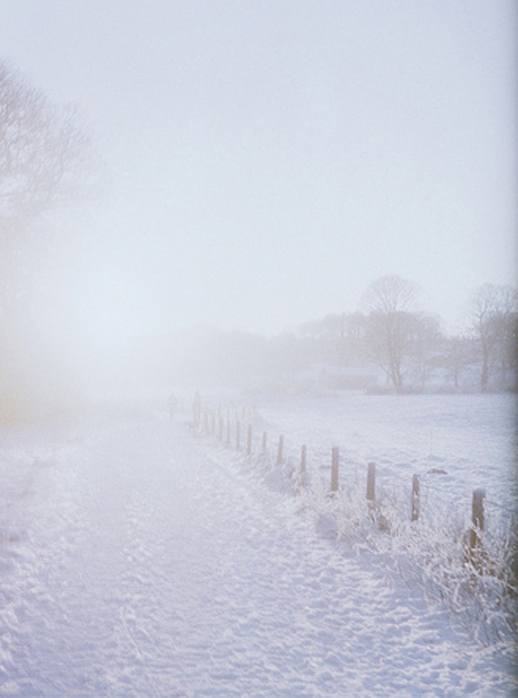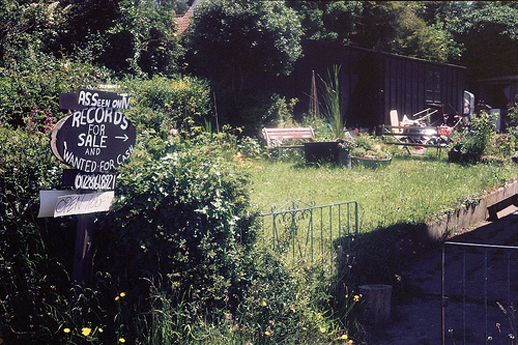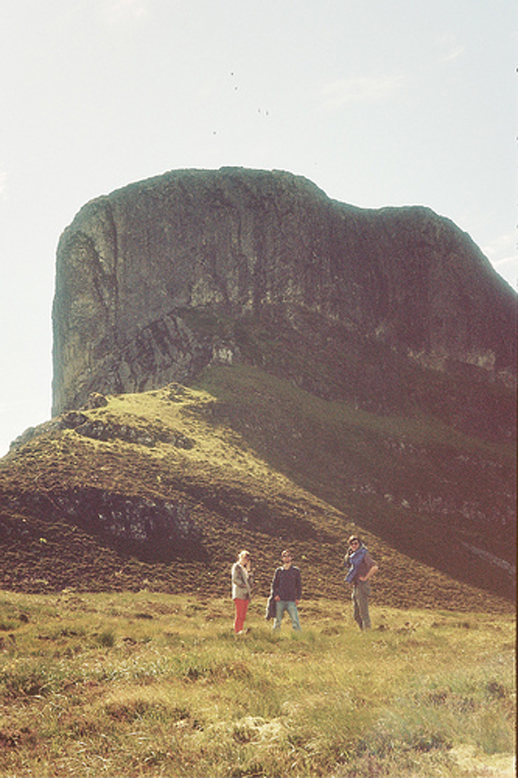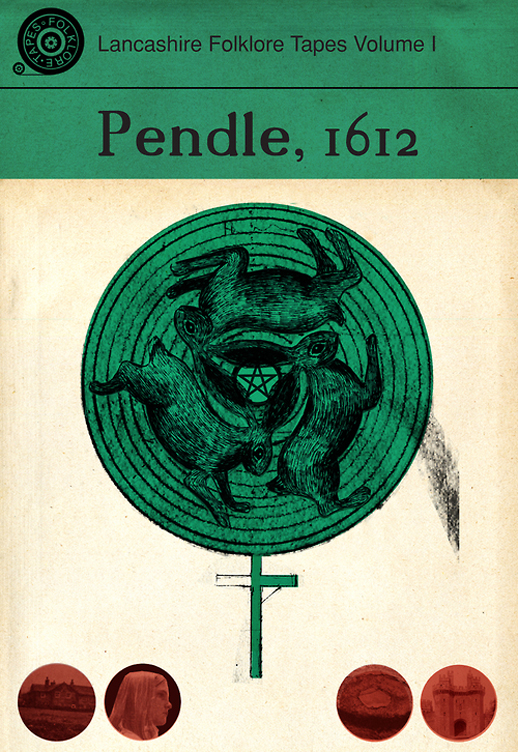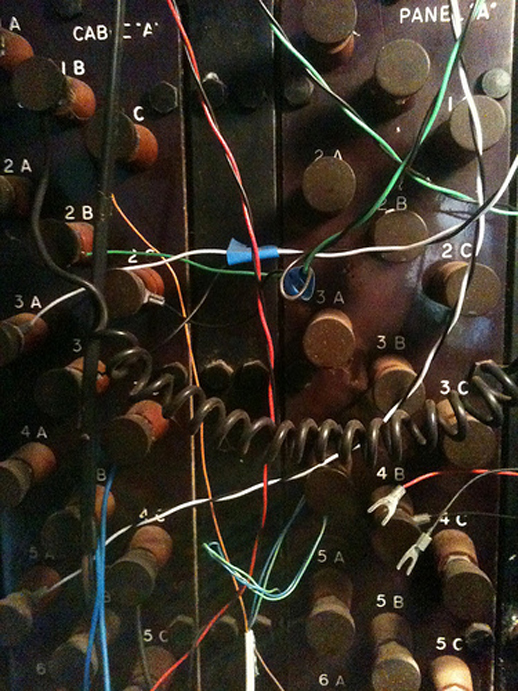The year began warm and is closing frozen. In India in early January, as a friend’s wedding stretched over a week, we circled the rural south on trains and buses, sidestepping rusty tiger traps on tea plantations and watching kites circle city streets. On my return, ‘Weald’ (the record I put out at the end of 2011) began to gain some positive noises, and we played a string of shows, stretching out the recorded songs with improvised drones and washes of noise. I put together a mix of some recent favourite sounds for BBC 6 Music, including Chubby Checker goes psych, Kenyan boys singing about the spirit of Jimmie Rogers, and a haunted lament about Devon witches.
In the spring, I worked with the poet John Barlow, animator Adam Proctor, musician Tommy Perman, academic Paul Jepson and a set of freshwater scientists to produce an animation called ‘Water Lives’ designed to entice the wider world to get interested in the freshwater life that underpins rivers and lakes. It occurred to me that a creative desire to find new ways of seeing and understanding the world is a common thread that ties artists’ and scientists’ practices together. That said, trying to balance the need for scientific rigour with creative concepts and practical realities was an interesting challenge.
I spent much of the summer on the British coast: walking, writing and fishing. In Suffolk, on a bike ride to the sunken city of Dunwich, we stopped in a small village close to the sea where a hand-painted sign pointing down a cottage garden read ‘Records for sale: as seen on TV’. Curious, we wandered down a garden path, to be amicably shown into a large, creosoted shed packed with racks of records sat among angle-grinders, circular saws and the other ephemera of an enthusiastic handyman. Staying for hours, we found early Topic compilations (most excitingly ‘The Iron Muse’ and ‘Deep Lancashire’) and plenty of 1960s blues and soul, whilst the owner made us coffee and cake. Weighted down with vinyl and baked goods, we meandered the rest of the way to Dunwich, imagining snatches of submerged church bells, trembling in the cloudy, sediment-rich tidal run.
In July, we caught a ferry from Mallaig to the Isle of Eigg in the Inner Hebrides to play at the Fence Records Awaygame festival: bands, audience and mounds of equipment all making the crowded sail across the sound together. Camped on a small, grassy field that tapered into a white sand beach and clear turquoise sea, cows meandered between tents, and the sun shone on An Sgùrr, the pillar of volcanic pitchstone that marks the centre of the island like an Ansel Adams photograph of the American desert. We played in the community hall to rowdy, smiling audiences, finishing a set with eagleowl at 6am as dawn came tumbling in on sheets of rain and gales, quickly pressing the venue into use as an emergency sleeping space for refugees whose tents had perished in the storm.
In the autumn, I worked with artist and musician David Chatton Barker to release a box-set cassette to mark the 400th anniversary of the Pendle Witch Trials in East Lancashire. Growing up on the side of Pendle Hill, I’ve always had a nagging suspicion about the way that the trials – essentially state persecution of a set of poor, ill-educated and vulnerable people – have been remembered and even ‘celebrated’ in the area: as broomstick and pointy-hat-clad cuddly toys; as sinister silhouettes on bus routes, pint glasses and t-shirts; and as the subject of Guinness World Record events for ‘the most people dressed as witches on a hill’. The record, ‘Pendle, 1612’ came in a box with essays, maps, photographs and a pressed nettle in a glassvine envelope, and had contributions from artists associated with Lancashire: Dean McPhee, N Racker, Joe Duddell, David A Jaycock and honorary anglophile Dylan Carlson amongst others. There’s more information about the project here, and an interview we did with Steve Barker on BBC Radio Lancashire explaining more here.
A trip to the southwest tip of England in late November began unpromisingly as the Mevagissey cottage that I stayed in with my girlfriend was flooded within hours of our arrival. Socks dried out, and hung heavy with the rising damp smell of the carpet, I spent a week field recording along the southern coast of Cornwall, attempting to stay upright in relentless gales, and trying to ensure more signal than incessant wind noise in my microphones. In Penzance, parked opposite a dock of yachts, creaking and groaning in the wind, a piercing Aeolian drone crept through a centimetre crack in the car window. I guess that recording the wind itself (rather than the effects it has on trees, water etc) remains one of the most interesting (and frustrating) challenges for field recording.
In Porthcurno, Ceri Levy and I trudged a damp coast path in search of elusive triangular cairns, and played back recordings of illegal bird hunting from Malta earlier in the year into a telegraph hut on the cliff top. The echoes of Maltese sparrows, shouts and gunshots flitted amongst the oscillating moans received from a severed undersea telecommunications cable that connected Porthcurno with Gibraltar, Malta and Greece in the 19th century and was retired from use in the 1960s. Instead of Morse code, the cable now receives stretched dots and dashes of noise in response to fluctuations in atmospheric electromagnetism, lightening strikes and tectonic movement.
At the moment, I’m interested in the connection between sound and place. There’s an idea called the acoustic niche hypothesis that suggests that every animal that makes sound in an environment has to find its own acoustic niche or space to sing, croak or call within the wider soundscape. Two interesting books for more on this are by R Murray Shafer and Bernie Krause. Faced with increasing sound pollution, many animals – especially birds – are being forced to alter their songs and calls in order to find their place in the soundscape, if they can find it at all.
There’s a potentially fertile conceptual link here with the telecommunications cable in Porthcurno, laid in 1872 to connect the UK with the Mediterranean, echoing northerly bird migrations, and dislocating and modulating the transmitted sonic messages. Ideas for this work are still forming (and falling away), but the results will end up in a piece of music I’m putting together for Ceri’s Bird Effect project.
And now, watching the frozen Edinburgh skyline, 2012 is turning to a close, my cold fingers are slowing on the keyboard, and my clouds of breath suggest that it’s a good time to turn the heating on. Here’s to another grand year for Caught by the River, and all who cast their lines from it.
